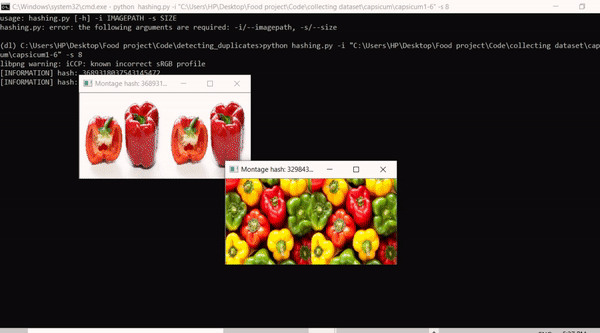|
|
|
Mayank Mishra
Tanmay Sarkar
Tanupriya Choudhury
|
|
Allergies triggered by food are prevalent amongst people. In some severe cases, allergies can trigger a life-threatening reaction. However, such an event can be avoided by being knowledgeable about possible allergens present in food items. Most common intolerances are caused by food items with compounds like lactose, histamine, caffeine, gluten, lactose, and salicylate. Our project is a step forward in building a robust object detection model to recognize food items with these compounds and to prevent a possible allergic reaction. |
|
|
|
We have utilized various object detection algorithms to recognize food items with potential allergens from natural scene images. As a baseline, we have deployed the two-stage object detection algorithms from the R-CNN model family. The models propose a set of regions of interest by select search or regional proposal network, and then classifiers predict by processing the region candidates. Further, we have studied the performance of various one-stage object detection algorithms on our dataset. This includes YOLO, which is able to do inference super-fast, by predicting over a limited number of bounding boxes, Single Shot Detectors (SSD), which uses convolutional neural network’s pyramidal feature hierarchy for efficient detection of objects of various sizes, and RetinaNet, which is based on featurized image pyramid and the use of focal loss. |
|
The dataset, code and paper will be released soon |
|
Webpage last updated: June, 2021 |

